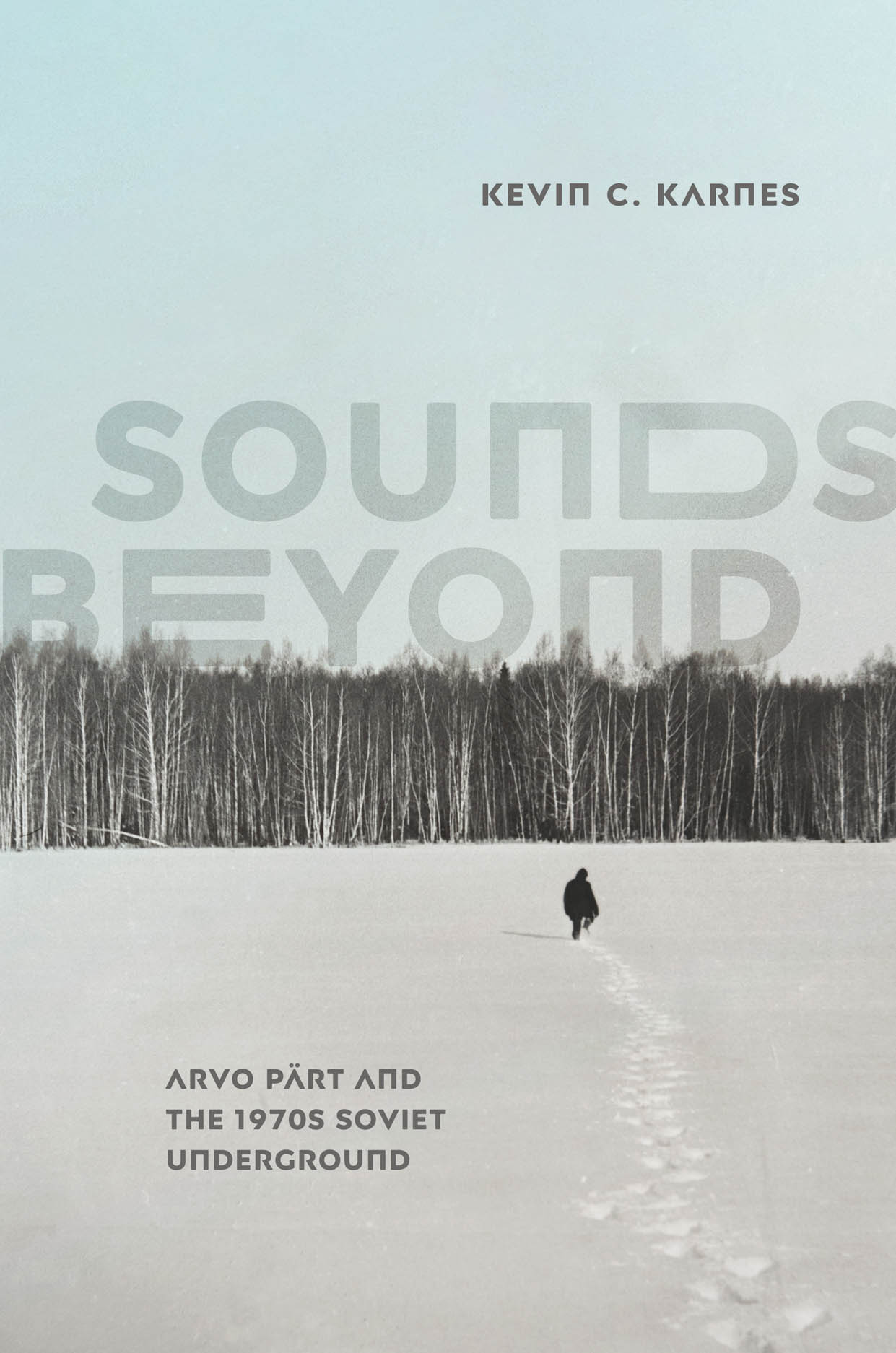“Sounds Beyond”, by Kevin C. Karnes.
Kevin C. Karnes, musicologist and associate dean for the Art and professor of Music History at Emory College of Arts and Sciences in Atlanta, is a specialist not only in the work of Arvo Pärt, but in the sonic expressions of “identity, difference and belonging in Eastern and Central Europe from the 19th century to the present day”. Author of four books, the most recent is Sounds Beyond: Arvo Pärt and the 1970s Soviet Underground (University of Chicago Press, 2021), in which he brings to light the unofficial and interconnected musical and artistic scenes of the USSR during the second half of the 1970s through the work of the Estonian composer. Karnes shows how Pärt’s work of the 1970s was part of the community of alternative musicians and an environment of collective experimentation that Karnes calls the ‘Soviet underground of the 1970s’.
The book begins with Russian pianist Alexei Lubimov’s definition of working in the USSR in the 1970s: “We lived in the gaps between the gears”, much as Ukrainian pianist and composer Valentin Silvestrov also defined it: “We could do anything, because we lived in the holes in the system”. In these spaces one could create and compose, even perform and exhibit all kinds of novel and potentially provocative works of art, as if their creators simply did not exist. “We were invisible, transparent”, said the late Ukrainian painter Vladimir Yankilevsky. Until they ceased to be…
In his book, Karnes shows the extent to which the experimental scenes of the USSR and the West were in dialogue and shared a number of common goals, despite the ironclad isolation to which the socialist regime kept the Soviet population. Karnes also reveals the deeply communitarian nature of experimental projects in music and the visual arts, from John Cage to Morton Feldman, to the rock of King Crimson or Queen, or even a semi-obscure band like Henry Cow, and dismantles the mythology of the lone genius cultivated in the official biographies of Pärt and many others. Crucially, the book situates Pärt just at the moment when he abandons his retirement from composition – the result of his disenchantment with serialism – and creates his characteristic tintinnabuli style.
